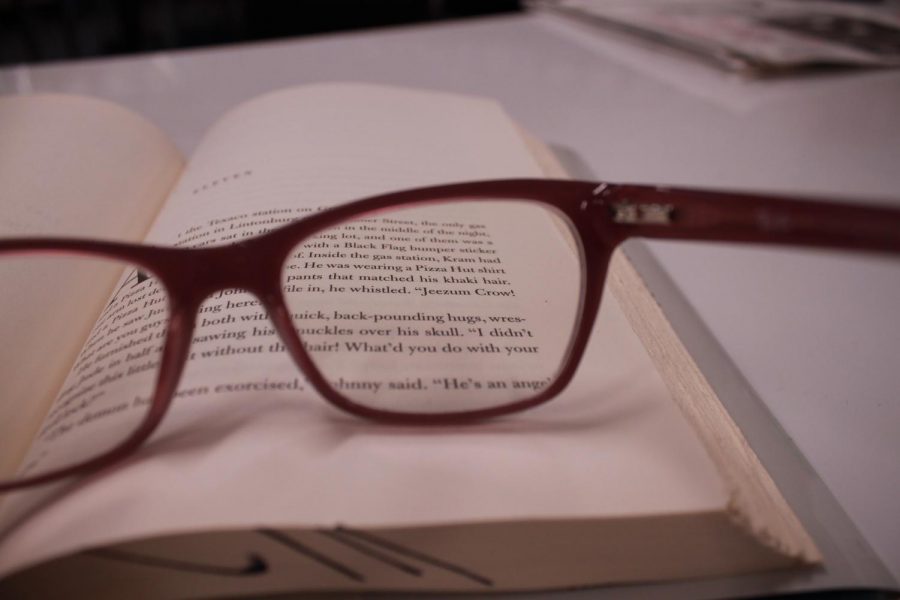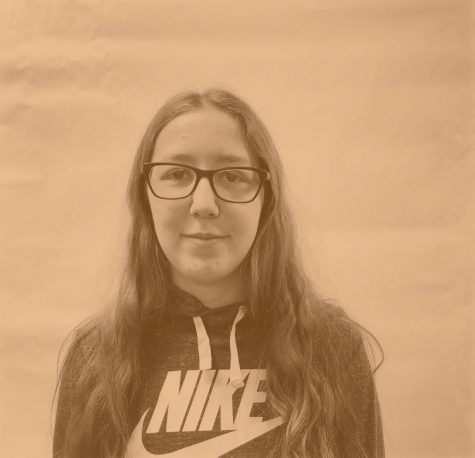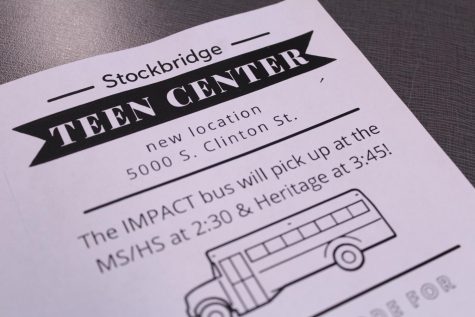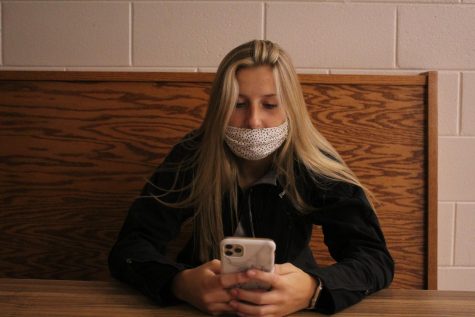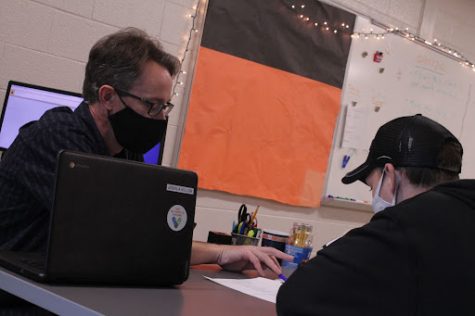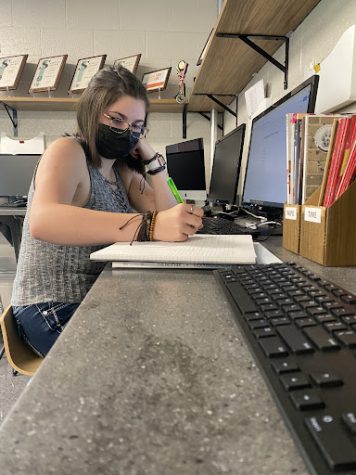Into the eyes of Myopia
Nearsightedness affects more than half the adolescent population
Think about this: According to Ophthalmology Center Barcelona, “6 out of 10 young people have myopia.”
That means more than half the young people have nearsightedness. Approximately 34 million people in the U.S. endure eyesight impairment. As stated by American Academy of Ophthalmology, life changing surgeries like Lasik may often times be the only way to fix this condition, but it costs huge amounts of money.
Although, not much can be done about the loss of eyesight.
Restoring eyesight may happen naturally with age, but that’s unlikely to happen. Many people are not gifted the full 20/20 vision.
Imagine being blind; that’s nearly impossible unless you go through it yourself. We may forget that many can not fully see how troublesome it can get to wake up every morning and having the first thought pop into your mind, “Where are my glasses?”
Myopia, the technical term for nearsightedness, stands as a common condition in which the eye grows too long from front to back.
“This deformation happens when the shape of the eye takes in light rays and bends them incorrectly, causing the eye to focus on images seen in front of the retina instead of on the retina itself,” according to All About Vision.
Teenagers with myopia can see objects near to them but the farther away the more blurred it gets. The visibility of objects gets even worse at night time.
“The biggest problem with teens is nearsightedness; about 40 percent of the teens have nearsightedness,” according to optician Kimberly King from Dexter Family Eye Center. “Teens usually choose contacts, but with the newer and stylish glasses they pick those,” King said.
If both parents have nearsightedness, a child most likely, will have it too, since Myopia remains inherited.
“It can be determined by an eye exam, and can be fixed with corrective lenses, contact lenses or refractive surgery, which is also known as laser eye surgery,” according to American Optometric Association.
“This eye condition stands as one of the most common at about 42 percent of Americans ages 15-54 are nearsighted,” according to the National Eye Institute.
Myopia affects nearly 30 percent of the U.S. population and occurs for school age children, and the eye continues to grow till around age 20.
In the classroom, myopia can affect how teens learn. “When students complain about not being able to see, I usually offer a seat closer, if not the front row. Students usually turn this down, not wanting to move,” world history teacher Timothy Salow said. “I must suppose that this results in fewer notes taken and consequently lower scores.”
According to The Vision Research Council, “76.2 percent of people use any type of corrective lenses, and which means about nearly every 3 out of 4 adults have vision problems.”
New techniques exist to improve a person with myopia eyesight naturally with relaxation, eye massages and other eye exercises. Some swear by these techniques to regain eyesight, but many are sceptical. According to The American Association of Pediatric Ophthalmology, “there is no evidence that it corrects eyesight,” but Leonard Press, an optometrist in New Jersey practices visual therapy as a profession, and believes it may fix convergence insufficiency.
Having myopia can make taking notes challenging. “At times it’s stressful, being expected to write down things that aren’t bold or a decent size. My eyesight changes every time I go to the ophthalmologist,” junior Courtney Khozouie said. “It gets aggravating when you can barely see the board. I can squint, it just hurts your eyes after a while.”
After all, a condition that remain unccurrable will stick around much longer, but as we assemble a new world, we can likely find a possible cure. So until then, pop on sunglasses and make sure your eyes are healthy, drink lots of water and eat a bunch of carrots.



